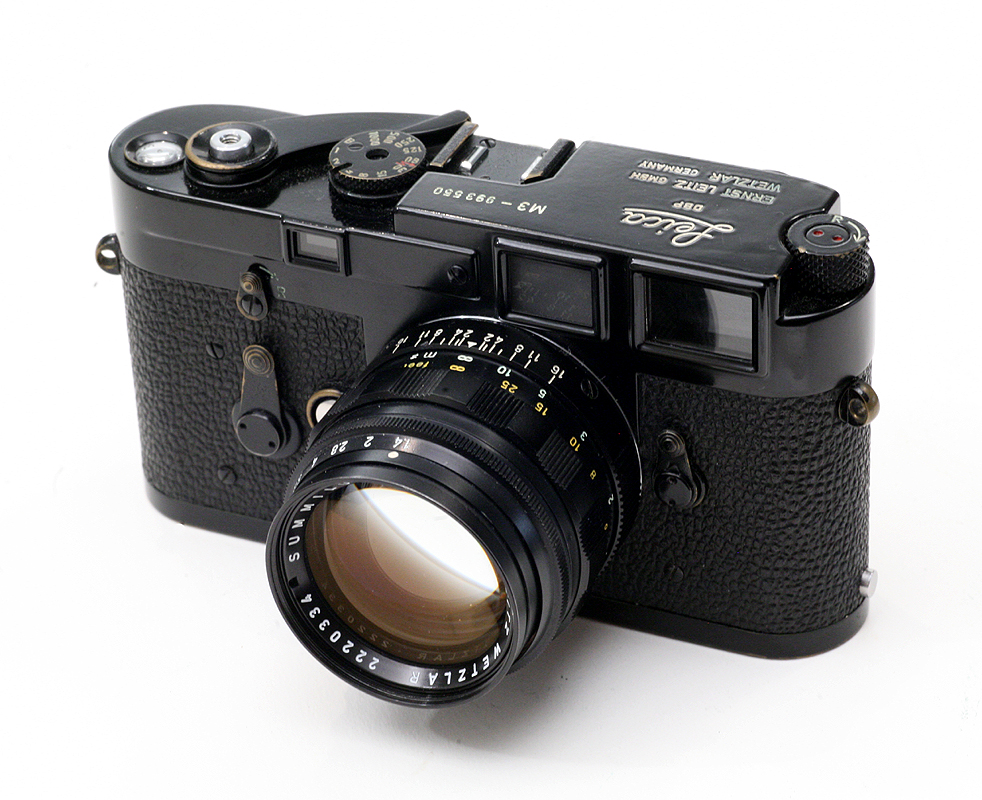

#Voigtlander camera serial numbers license
In 1797, Johann Voigtländer recieved a Landesfabriksbefugnis, which was a type of national commercial license that came with various privileges.

At this point in history, his business made mathematical instruments, optical instruments, and precison mechanical products, and the product range included things such as opera glasses and optical measurring equipment. Johann Christoph Voigtländer founded the business Voigtländer in Vienna in 1756. Voigtländer moved to Vienna in 1755 and worked in Meinicke´s workshop for mathematical instruments from 1757 to 1762. Johann Christoph Voigtländer was born in Leipzig in 1732, where his father was a carpenter. They did, for instance, began selling a zoom lens for 35 mm still photography in 1959 (the (36–82/2.8 Zoomar) and a 35 mm compact camera with built-in electronic flash in 1965 (the Vitrona). Voigtländer was also a technology leader in the field of photography equipment for several decades of the 20th century, and the first manufacturer to introduce a number of new features that later became commonplace. An original Ganzmetallkamera is exhibited at the Deutsches Museum in Munich, and a replica can be seen at the Swedish National Museum of Science and Technology in Stockholm. Revolutionary for its time, it made it possible to reduce exposure time to roughly one minute. 84 made by Voigtländer & Son in Vienna in 1840. The world´s first all-metal camera was the Ganzmetallkamera a daguerreotype camera called No. Even though the company ceased operations in 1972, the name Voigtländer lives on as a brand for a range of photographic equipment sold by Cosina. The roots of Voigtländer goes back all the way to 1756, when the company was founded in Vienna. Voigtländer was a manufactorer of optical equipment – including cameras and camera lenses. 1.9 The trailblazing Voigtländer of the 20th century.

1.5 Early photography optics and cameras by Voigtländer.


 0 kommentar(er)
0 kommentar(er)
